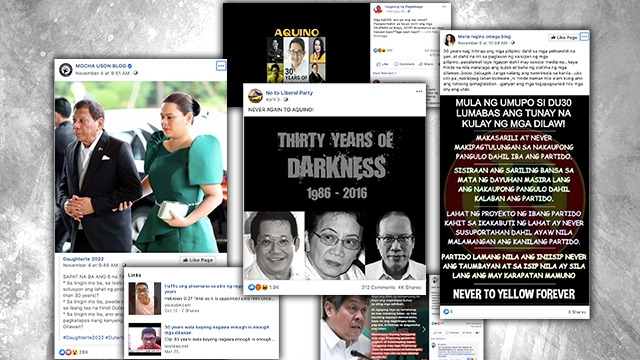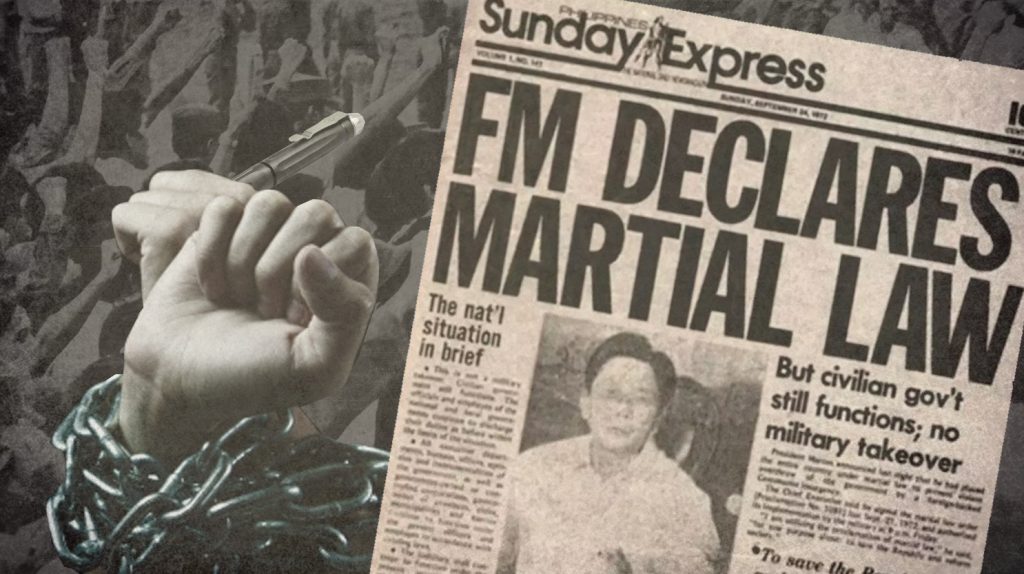The Philippines has always marked September for remembering the Martial Law years. But with the recent events unfolding, most notably the return of the Marcoses to the political scene, it seems that we are on the verge of forgetting instead. And historical revisionists are now targeting younger people, making them doubt whether the dark period in history they only read in books really happened. So, how do we ensure that kids will not only remember this important part of history but also not forget its lessons?
The challenge of teaching Martial Law to the kids
One challenge of teaching kids about the Martial Law years is the sense of detachment they have for the subject. As the events happened decades before they were even born, kids have no first-hand knowledge about it. As such, they might feel like the events of those years have no direct impact on their lives. Often, their only connection to the Martial Law years is through the dates and personalities to memorize during exams.
This detachment is furthered by parents’ unwillingness to talk about it. Many would want to shelter their kids from the horrors of those years. On the other hand, there are those parents who actively deny the events of Martial Law. Some of them might not have fully known the extent of the Marcos dictatorship’s abuses. Meanwhile, others might have a more positive attitude about it due to benefiting from the regime.
A flawed educational system
The way that Philippine schools teach about the Martial Law years also compounds this problem. In an opinion piece, Ateneo de Manila history professor Jose Tirol notes that what is taught in schools is just a watered-down version of events. Often, the focus is only on significant events, like the declaration on September 21, 1972 and the EDSA revolution.

Tirol noted that many textbooks downplay the atrocities committed by military forces and the Marcoses’ plunder of public funds. On the other hand, there is an attempt to even out the picture by emphasizing the supposed positive achievements of the regime. All of these create a distorted picture of the time for younger people.
The history professor also points out the lack of popular media delving deeper into the Martial Law years. While there are classic movies like Eskapo and Dekada 70, the film industry as a whole seems reluctant to tackle the Marcos era. Tirol laments that this further contributes to the cluelessness of younger Filipinos about Martial Law.
The threat of historical revisionism
Amid the lack of proper education about Martial Law, young Filipinos have become exposed to attempts at historical revisionism. With the return of the Marcoses into prominence, these attempts have become more aggressive.
Social media has become a major outlet for these revisionist efforts. Pages dedicated to the Marcoses churn out hundreds of posts refuting the facts surrounding Martiaol Law These take advantage of the online meme culture to easily slip into the consciousness of younger Filipinos.

Where do we start in teaching kids about Martial Law?
With all the hurdles, teaching about the Martial Law years can be a daunting task. And we face the question of how do we even talk about it to the kids. Here, you need to break that sense of detachment they are faced with to prepare them.
The first step you need to do is present the Martial Law in a scenario your kids can relate to. For instance, you can compare it to a classroom where the teacher is very strict. Explain to the kids how the teacher can punish troublemakers in the class since they are seen as the authority. Now, you can talk about how the teacher might go after the friends of these troublemakers. This sends a strong message to the whole class that their authority is absolute.
Note that this is just one simple analogy. For young kids to better understand what feels like, under Martial Law, you need to provide other scenarios. One of these is how dictators can control what would be shown on TV. Explain to them why those dictoators would want to do that as a way to keep people from resisting their control. You can also use modern what-ifs, such as what if the dictator controls the wi-fi password and share it to only those they like. This will let kids see what freedoms they lose under such a rule
Dispelling the misconceptions about the Martial Law.
Another important step in properly teaching kids about Martial Law years is dispelling the misconceptions that they encounter. This goes beyond the simple analogies from above. Here, you need to encourage your young ones to think more critically about the things they read. You should also be ready to answer their questions regarding the darker aspects of the period.
“Aquino vs. Marcos”
Perhaps the most significant misconception about the Martial Law years was the notion that it was just about the Aquinos and the Marcoses. This is often due to the narrow focus on only the significant political figures of the time. But such a notion disregards the efforts of thousands of people to fight against the dictatorship and regain the country’s freedom.
To help your kids better grasp the human cost of the struggle, you need to go beyond the usual names that they read about in school. Talk about the student activists who lead the First Quarter Storm, as well as community leaders like Macli-ing Dulag, who opposed the Marcos dictatorship’s growing militarization.

Note that they will learn more about these people in their high school or college history books. But introducing them early will help your kids better understand the struggle and its impact on their lives now.
The reality of the “peaceful” years
You will also need to talk to your kids about the victims of the Marcos regime’s atrocities. Here, you should be willing to talk about such things as the torture that many victims endured during the regime. These are uncomfortable topics but they will help your kids break through the misconception of the “peaceful” Marcos years.
Immersing them in literature centering on the Martial Law will also help you better teach your kids about the realities during the period. There are a lot of these available, from children’s books to young adult novels. Read these with them and be ready to answer their curious questions.
Teach your kids to #NeverForget about Martial Law
While the Martial Law years might be decades behind, its aftermath still impacts today’s younger generation. Teaching your kids all about it will help them better appreciate the freedoms that they enjoy now. And with that, you can hope they will be ready to ensure that such a darkl period in history will not happen to their future kids.

